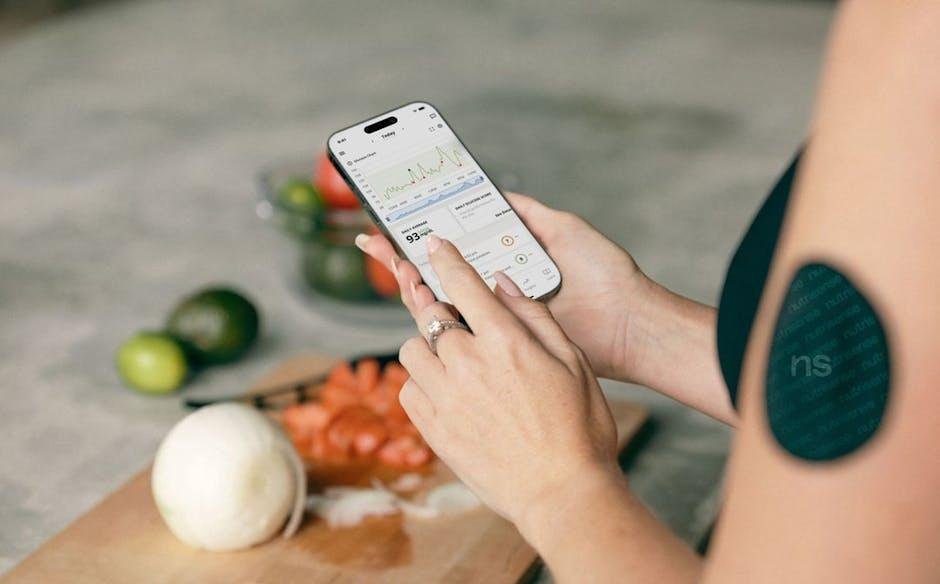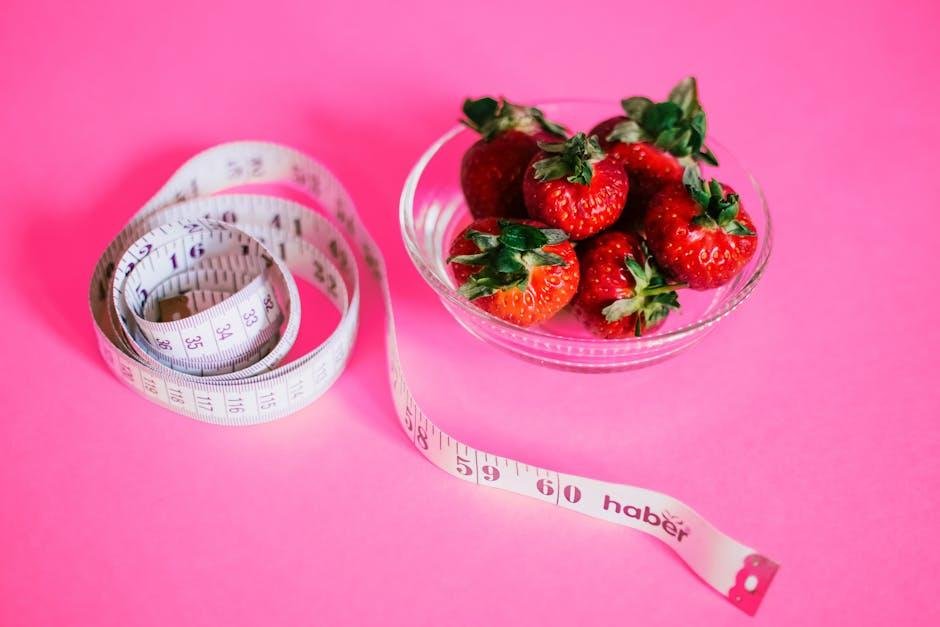In a world brimming with nutritional advice and ever-evolving diet trends, the concept of tracking calories can often feel like laying a map in a forest of conflicting data. Whether you’re aiming to shed a few pounds, build muscle, or simply enhance your overall health, understanding how to monitor your caloric intake accurately is essential. But where do you begin? This beginner’s guide is designed to illuminate the path ahead, breaking down the fundamentals of calorie tracking into manageable steps. From deciphering food labels to mastering portion sizes, we’ll equip you with the tools you need to take control of your dietary choices. Join us as we embark on this journey toward mindful eating, ensuring you can navigate your nutrition with confidence and clarity.
understanding the importance of Calorie tracking
Calorie tracking plays a pivotal role in achieving health and fitness goals, serving as a fundamental tool for anyone venturing into nutritional awareness. By meticulously recording daily calorie intake, individuals can gain insightful visibility into thier eating habits. This practice not only highlights areas of improvement but also encourages mindful consumption. Some key benefits of tracking calories include:
- Enhanced Awareness: Understanding how different foods contribute to your total caloric intake.
- Personalized Goals: Setting tailored nutrition targets based on individual weight management objectives.
- Behavioral Changes: Identifying patterns and triggers related to eating habits, allowing for better control over food choices.
Moreover, tracking calories can be empowering in the journey toward healthier living. It allows for a sense of accomplishment as milestones are reached, whether in weight loss, maintenance, or muscle gain.For those who seek clarity in their food choices, breaking down nutritional intake through calorie tracking can illuminate the path forward. A simple framework to consider includes:
| food type | Average calories per Serving |
|---|---|
| Fruits | 60-80 |
| Vegetables | 25-50 |
| Grains | 200-250 |
| Proteins | 150-300 |
| Fats | 100-200 |

Essential Tools and apps for Accurate Calorie Measurement
Starting your journey toward accurate calorie tracking is made considerably easier with the right tools and apps. Food scale is a must-have for anyone serious about precise measurements. With a quality digital scale, you can weigh your ingredients before cooking and understand portion sizes better, ensuring that your calorie counts are as accurate as possible. Additionally, consider using measuring cups and spoons for items that are challenging to weigh, such as liquids and granulated substances. Alongside these physical tools, there are several mobile applications that can simplify the process and enhance your accuracy.
among the plethora of calorie-tracking apps available,a few stand out for their user-kind interfaces and extensive databases. Here are some top choices:
- MyFitnessPal – Known for its vast food database and barcode scanning capability, it makes logging meals rapid and easy.
- Lose It! – This app offers personalized weight loss plans and the ability to set calorie goals based on your needs.
- Cronometer – Grate for those interested in nutrient tracking along with calories, providing a more comprehensive view of your intake.
Using a combination of these tools,you can develop a clearer understanding of your eating habits. Many of these apps also integrate with fitness trackers, allowing you to account for calories burned during physical activity, creating a holistic view of your caloric balance.

Mastering Portion Control for Better Accuracy
Understanding how to properly gauge your portions is essential for maintaining accuracy in your calorie tracking journey. Portion control can significantly impact your daily intake without requiring drastic changes to your dietary habits. To start mastering this skill, you might consider the following strategies:
- Measure Your food: Invest in a digital kitchen scale for precise measurements.
- Use Visual References: Familiarize yourself with common serving sizes,comparing them to everyday objects (e.g., a fist for a serving of fruit).
- portion Plates: Use plates and bowls designed with portion guidelines to create a visual cue for balanced meals.
Additionally, maintaining a food diary can enhance your awareness of portion sizes and help track your accuracy over time. Keeping a log not only reinforces accountability but can also highlight patterns in your eating habits that may require adjustment. Consider incorporating a simple tracking table into your routine, which might look like this:
| food Item | Measured Portion | Calories |
|---|---|---|
| brown rice | 1 cup cooked | 218 |
| Grilled Chicken | 3 oz | 142 |
| Steamed Broccoli | 1 cup | 55 |
By applying these techniques and maintaining a reflective practice regarding your food choices, you will find that not only is tracking calories more manageable, but it also empowers you to make informed decisions that align with your dietary goals.

Tips and Tricks for Staying Consistent in Your Tracking Journey
To cultivate a habit of consistency in tracking your calories, consider integrating tracking into your daily routine. Set specific times during the day for logging your meals, whether that’s right after breakfast, lunch, and dinner, or keeping a running total throughout the day. Having a defined schedule makes it much easier to remember, and you can even pair it with another regular task like having your morning coffee or winding down for bedtime. Additionally, leverage technology by using tracking apps that send you reminders or notifications, helping to keep your goals front of mind.
Another effective strategy is to create a reward system for yourself. Celebrate milestones, big or small, with non-food-related rewards when you maintain your tracking streak for a week or a month. This can be anything from a new workout outfit to an evening of self-care. Moreover, consider joining a supportive community, whether online or in person, where you can share your progress and challenges, which can significantly enhance your accountability. keep a visual reminder of your goals visible—like a motivational quote on your fridge or a chart tracking your progress—making your objectives tangible and always in sight.
In Summary
As we wrap up this beginner’s guide to tracking calories accurately, it’s essential to remember that this journey is unique for every individual. Whether you’re looking to lose weight, gain muscle, or simply cultivate a healthier lifestyle, the tools and techniques you’ve learned here are your stepping stones toward greater self-awareness and mindful eating.
Embrace the process, celebrate your progress, and don’t hesitate to make adjustments along the way. the key is consistency and patience. As you embark on this path, keep in mind that the numbers don’t define you; they’re merely a part of a larger picture of your health and well-being.
So, equip yourself with knowledge, tap into your resources, and take that first step towards truly understanding the food you consume. your journey to better health and nutrition is just beginning, and with each calorie tracked, you’re inching closer to your goals. Happy tracking!
